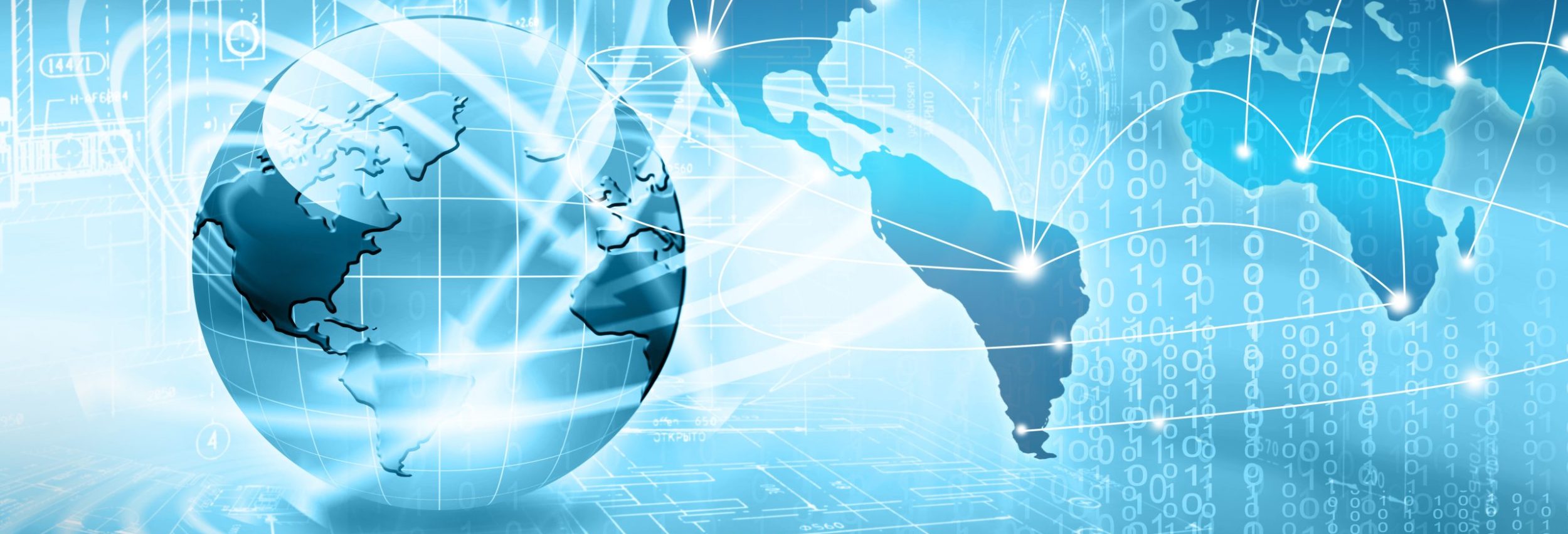Operating systems have come a long way since their inception, revolutionizing the way we interact with computers. From the early days of simple command-line interfaces to the modern graphical user interfaces found on smartphones and computers, operating systems have continuously evolved to provide better user experiences and enhanced functionality.
The Past: The Birth of Operating Systems
In the early days of computing, operating systems were limited to command-line interfaces, requiring users to enter text commands to perform tasks. The birth of operating systems can be traced back to the 1950s when mainframe computers needed a way to manage various tasks efficiently. These early operating systems focused primarily on resource allocation and task scheduling.
One of the key milestones in operating system history is the introduction of UNIX in the late 1960s. UNIX introduced the concept of a hierarchical file system, allowing users to organize files and directories in a structured manner. It also introduced multi-user capabilities, setting the foundation for networking and collaborative computing.
The Present: GUI, Mobility, and Security
Graphical User Interfaces (GUIs) revolutionized the way we interact with computers. With the advent of mouse-driven interfaces and visual elements, operating systems like Microsoft Windows and Apple macOS became more user-friendly and accessible to a wider audience.
Furthermore, the rise of smartphones and mobile devices led to the development of operating systems aimed explicitly at providing a seamless mobile experience. Android and iOS dominate the mobile market, offering advanced features such as app stores, touchscreen interfaces, and app permissions.
In addition to usability improvements, modern operating systems prioritize security. With increasing online threats and data breaches, operating systems have incorporated robust security measures such as encrypted file systems, secure booting, and advanced permission management to protect users’ personal information and maintain system integrity.
The Future: AI, IoT, and Seamless Integration
As technology advances at an unprecedented pace, the future of operating systems holds exciting possibilities. Artificial intelligence (AI) is expected to play a significant role in shaping the operating systems of tomorrow. AI-powered assistants like Siri, Google Assistant, and Cortana already exist, but their capabilities are expected to expand, providing users with a more personalized and intuitive experience.
Furthermore, the Internet of Things (IoT) will likely influence operating systems, enabling seamless integration and communication between various devices. With smart homes becoming more prevalent, operating systems will need to adapt to efficiently manage and control the interconnected network of devices.
Another area of interest is the convergence of operating systems across different platforms. With the increasing popularity of hybrid devices like convertible laptops, operating systems will strive to provide a consistent experience across both traditional computers and mobile devices, blurring the boundaries between platforms.
Conclusion
The evolution of operating systems has been a remarkable journey, transforming the way we use technology. From command-line interfaces to intuitive graphical user interfaces, operating systems have matured to meet the demands of an ever-expanding digital world. As we move towards an AI-driven and connected future, operating systems will continue to adapt, ensuring a seamless and secure user experience in the ever-evolving tech landscape.

